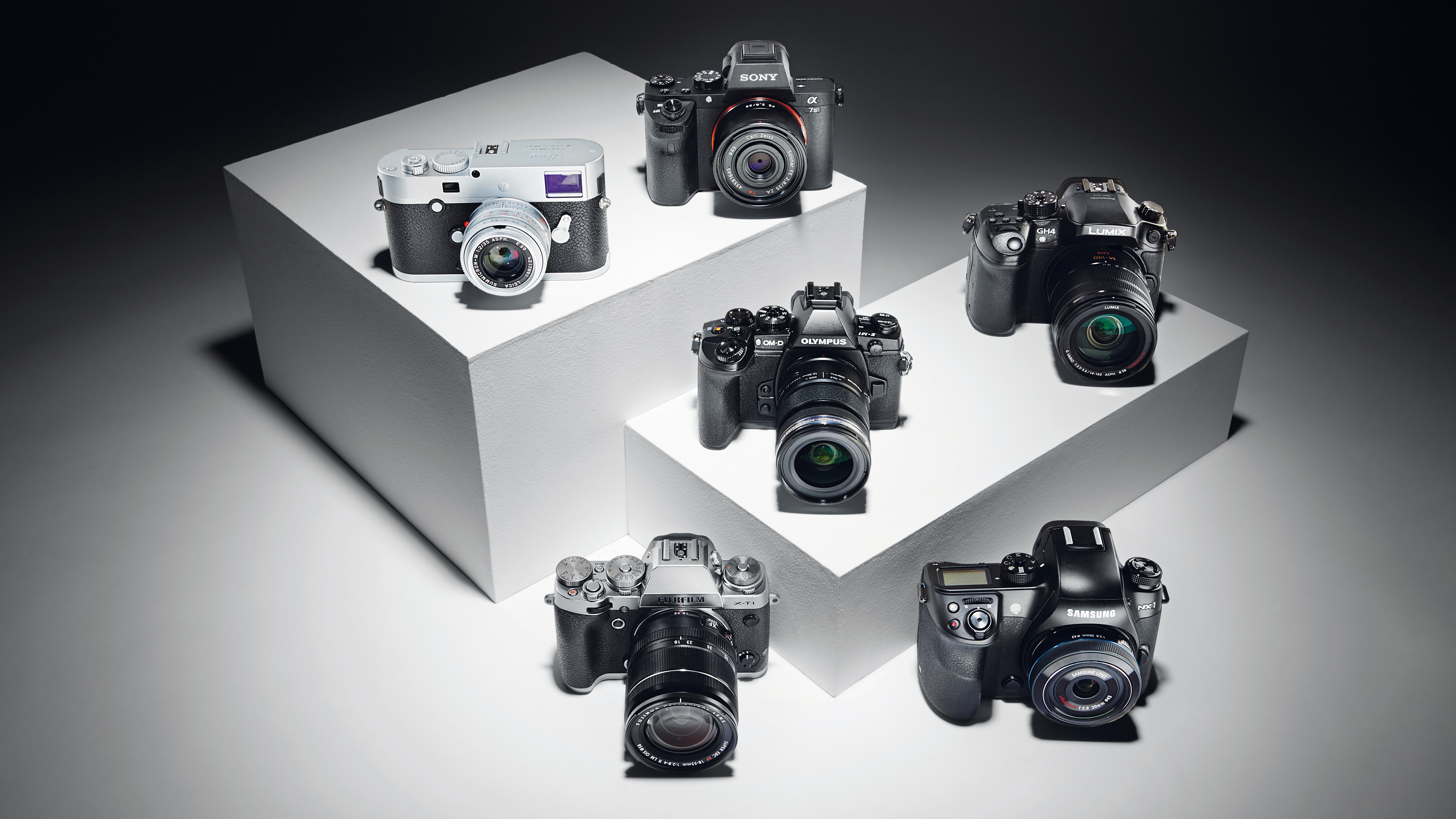What is a compact system camera? Is it still even a thing?
If you're asking "What is a compact system camera?" you're not alone! The term is a bit outdated, but it's still important

Wondering what is a compact system camera? It's a term that came into use some time ago, in that crossover period when DSLRs were still dominant but mirrorless cameras were starting to make headway… but they weren't commonly known as mirrorless cameras back then.
Instead, pundits started to refer to mirrorless interchangeable lens cameras – at that point, predominantly the super-compact Micro Four Thirds cameras released by Panasonic and Olympus – as "compact system cameras" (or "CSCs").
• These are the best mirrorless cameras (aka CSCs)
This differentiated them from traditional compact cameras and point-and shoot cameras, which had fixed lenses and smaller sensors, and DSLRs, which have a larger sensor, optical viewfinder and mirror mechanism.
In short, then, 'compact system camera' was typically synonymous with mirrorless camera – though often in a pejorative way, as if to suggest that these cameras were inferior to "proper" DSLR cameras with full-size lenses and sensors.
Essentially, take all the silly arguments about APS-C and Micro Four Thirds that still exist today, and throw in a bunch of silly arguments about mirrorless technology (namely aimed at the electronic viewfinder and sensor), and you have an idea of the kind of contempt that was often directed at CSCs.
Oh, how the times have changed.
The best camera deals, reviews, product advice, and unmissable photography news, direct to your inbox!
Where the Panasonic G1 and Olympus PEN E-P1 were once derided, nowadays the term CSC can essentially be placed on any mirrorless camera with an interchangeable lens – from the small-but-mighty Panasonic GH6 and OM System OM-1 to the omnipresent APS-C Fujifilm X-T4 and Canon EOS M50 Mark II to the full-frame Sony A7 IV, Canon EOS R5 and Nikon Z7 II.
Nowadays, then, the term compact system camera is barely used – though you still occasionally hear it uttered by old schoolers, and muttered at the odd very closeted camera club.
Read more:
Best mirrorless cameras
Best Micro Four Thirds cameras
Best compact cameras
Best point-and-shoot cameras
Best APS-C compact cameras
Best DSLRs

James has 25 years experience as a journalist, serving as the head of Digital Camera World for 7 of them. He started working in the photography industry in 2014, product testing and shooting ad campaigns for Olympus, as well as clients like Aston Martin Racing, Elinchrom and L'Oréal. An Olympus / OM System, Canon and Hasselblad shooter, he has a wealth of knowledge on cameras of all makes – and he loves instant cameras, too.
